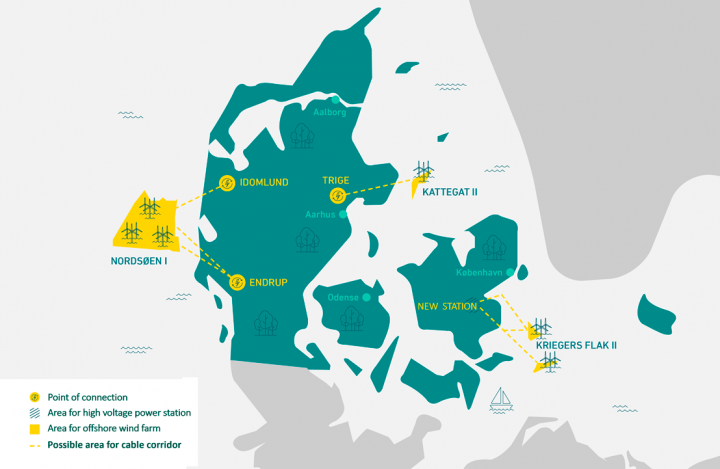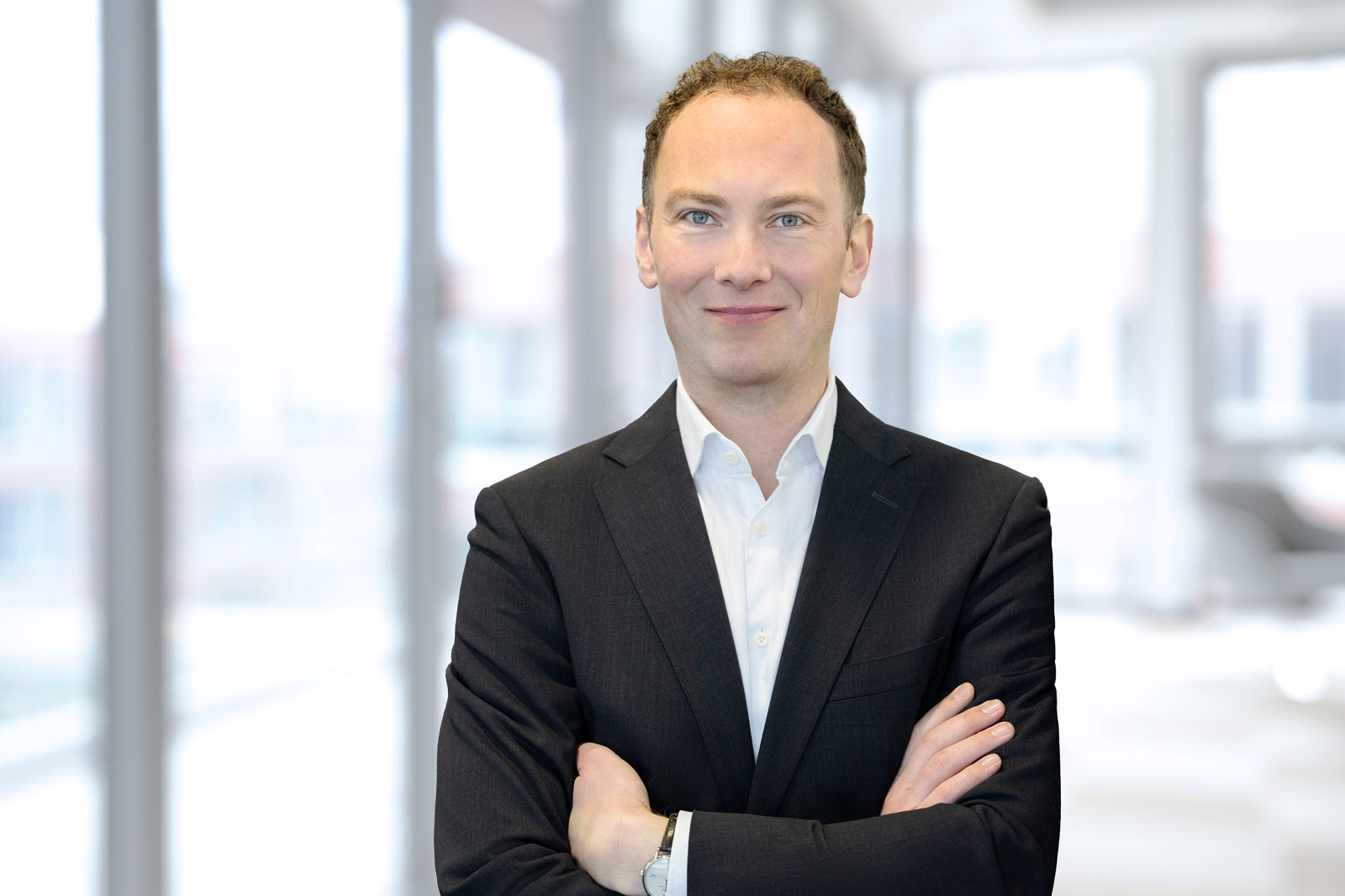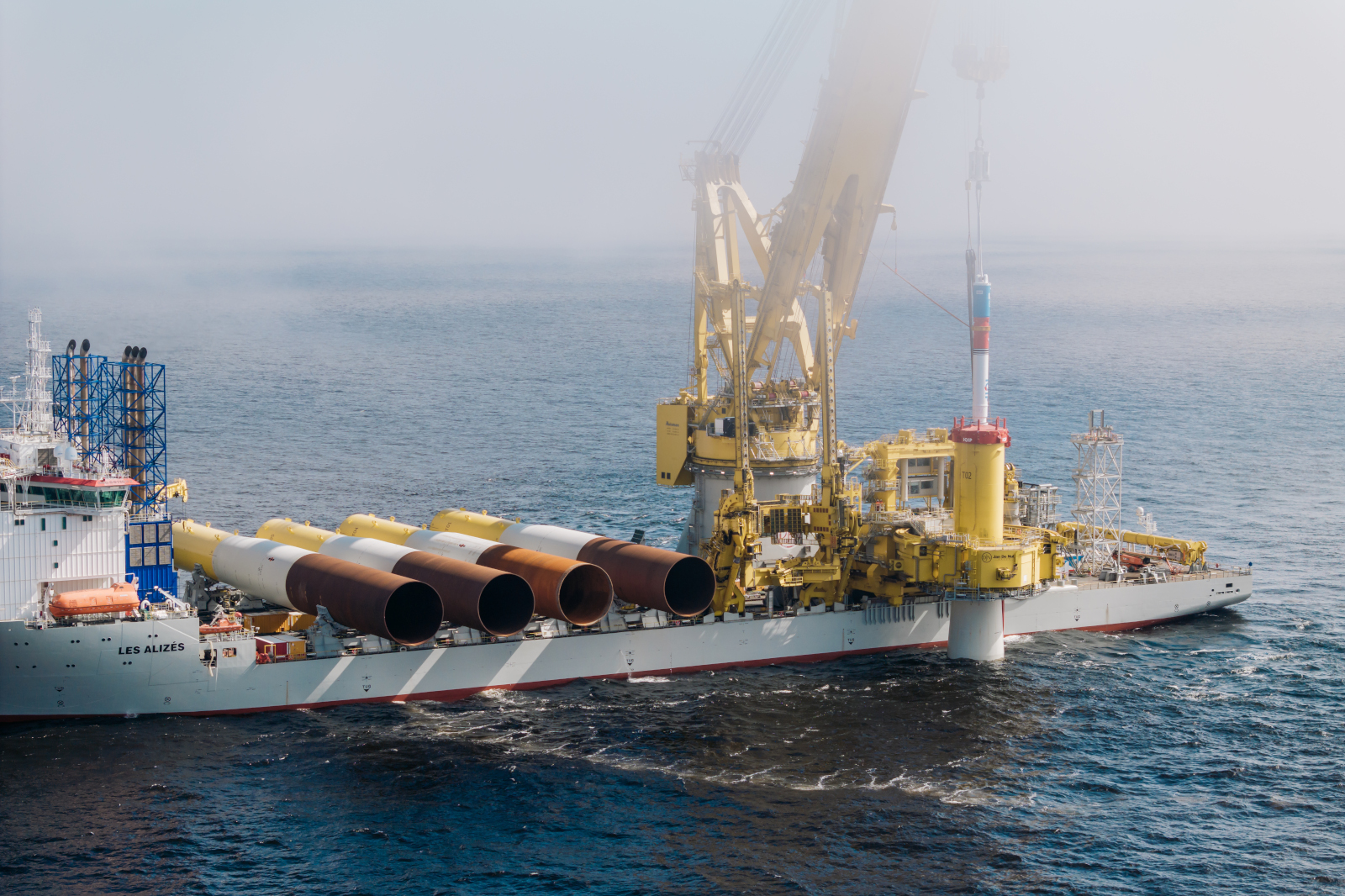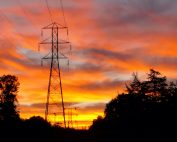The Danish Energy Agency (DEA) calls for ideas on the strategic environmental assessment (SEA) of the plan for Offshore Wind Farms (OWF) in the areas Nordsøen I (Noth Sea), Kattegat II (Danish EEZ of the Kattegat sea area forming a strait connecting Baltic Sea and North Sea) and Kriegers Flak II (Baltic Sea).
The signatory parties of the Climate Agreement on green electricity and heat of 25 June 2022 have decided that a minimum of 4 GW offshore wind capacity has to be tendered for construction before the end of 2030. Furthermore, it was decided with the Financial Act of 2022 that further 2 GW OWFs should be tendered before the end of 2030. It has been decided afterwards with a supplementary agreement regarding Energy Island Bornholm, that one of the 2 GW should be part of the Energy Island Bornholm, which capacity was expanded from 2 to 3 GW.
The final locations of the OWFs are awaiting a final political decision. However, in order to ensure that the OWFs can be fully constructed before the end of 2030, the DEA is initiating planning, environmental assessments and preliminary investigations of a number of areas, which have been assessed as suitable for the establishment of OWFs. On this basis, the DEA carries out Strategic Environmental Assessments (SEA) for Nordsøen I, Kattegat II and Kriegers Flak II.
The DEA invites the public, companies, authorities and other interested in the coming OWFs in the areas of Nordsøen I, Kattegat II and Kriegers Flak II to submit ideas for the SEA of the plan.
The public hearings of the SEAs for the projects II are early public consultations in the scoping phase, which runs from the 6 March to 31 March 2023.
Based on the ideas and inputs received during the consultation, the DEA will decide what topics and environmental impacts to be included in the SEA for the OWFs in Nordsøen I, Kattegat II and Kriegers Flak II.
The results of the SEA will be published and subject to a public consultation, which is expected to take place in the first half of 2024.
In addition to the SEA, an Environmental Impact Assessment (EIA) of the specific onshore and offshore projects will be carried out before the concessionaire can be granted a construction license.
Facts about Kattegat II
- The SEA of the plan for Kattegat II will illustrate the possible environmental impacts of a given amount of wind turbine generators corresponding to respectively 1,000 and 2,460 MW in the area. The final OWF’s capacity depends on the final tender format and the concessionaire’s specific project.
- Kattegat II consists of a 122 km2 area in the Danish EEZ of the Kattegat sea area. The turbines will be located with a distance of approximately 27 km from Anholt (DK), 15 km from Djursland (DK), 25 km from Oddsherred (DK), 64 km from Sweden and 263 km from Norway.
- A potential OWF in Kattegat II is expected to be fully commissioned by the end of 2030.
- Offshore export cables will likely run to a high voltage power station in Trige, Jutland (DK).
- The SEA will illustrate on a general level the possibility to establish adjacent innovation plants (e.g. PtX) to the OWF.
- The specific on- and offshore projects will also need EIAs.
- The concessionaire will have to establish the OWF, off- and onshore cables and general facilities until the Point of Connection to the collective grid
Facts about Kriegers Flak II
- The SEA of the plan for Kriegers Flak II will illustrate the possible environmental impacts of a given amount of wind turbine generators corresponding to respectively 1,000 and 3,450 MW in the area. The final OWF’s capacity depends on the final tender format and the concessionaire’s specific project.
- Kriegers Flak II consists of a 173 km2 area in the Danish EEZ of the Baltic Sea. The turbines will be located with a distance of approximately 15 km from the Eastern Coast of Zealand, Rødvig (DK), 15 km from Møn (DK), 15 km from Falsterbo (Sweden), and 60 km from Germany.
- A potential OWF is expected to be fully commissioned by the end of 2030.
- Offshore export cables will likely run to a high voltage power station in the Southeastern part of Zealand (DK).
- The SEA will illustrate on a general level the possibility to establish adjacent innovation plants (e.g. PtX) to the OWF.
- The specific on- and offshore projects will also need EIAs.
- The concessionaire will have to establish the OWF, off- and onshore cables and general facilities until the Point of Connection to the collective grid.
Source: Danish Energy Agency














